Tech & Tools: May/June 2025
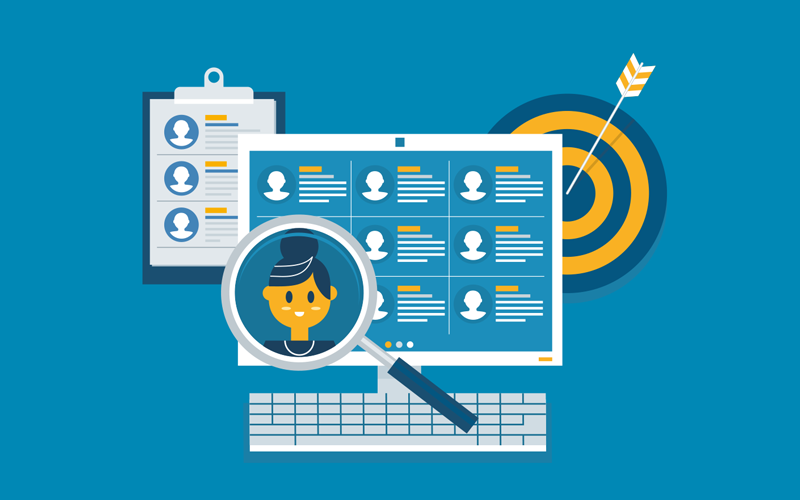
Rise of native AI applicant tracking systems
The term ‘native AI applicant tracking system (ATS)’ is entering the recruitment vernacular. In short, it means an ATS that is built from the ground up with AI at its core as opposed to a classic or traditional ATS with AI integrations or add-ons.
But what advantages does it have over a traditional ATS and what do recruiters need to be aware of if exploring their options?
Having AI embedded into the architecture of an ATS provides benefits in a number of areas, such as optimised performance and faster processing times. In a recruitment context, this can mean faster and more efficient
CV screening and candidate matching, as well as expanded scope in areas like predictive analytics. But it’s not just about being faster and better.
Filip De Geijter, CEO of Actonomy, one of the companies that has led the way with intelligent semantic search and match technology, identifies a key difference as being that a native AI ATS has the potential to be more “candidate-centric” compared to a classic ATS that is often more “recruiter-centric”.
“A classic ATS can have a focus on processes that are important for the recruiter such as how to manage the incoming applicants in an easy way and, to a lesser extent, on how to make the interaction with the candidate easier,” he says. “It seems that native AI ATSs are focusing more on the candidate side and put candidates more central in the entire process: for instance, how to interact better with candidates, how to address them more in language that is more adapted to them.”
Having said this, De Geijter adds that native AI ATSs are also offering functionality such as vacancy rewriting, creating screening questions and faster interaction using channels such as WhatsApp, which will be equally welcomed by recruiters. “Although a lot of these are focusing on the candidate, it also makes the lives of recruiters easier.”
When assessing a native AI ATS, recruiters should define what is important for them and for the organisation and not focus just on the AI technology.
Depending on the size of the organisation, De Geijter says, recruiters might only need ATS systems with limited functionality but require a lot of support functionality for candidates. “In that case, a native AI ATS might be the best solution as it makes interaction easy – just think of automatic vacancy enhancement, easy communication, quick summary of applicants, intelligence to support the recruiter in describing what the organisation needs in terms of vacancy skill sets and so on,” he says. “Larger organisations might focus more on internal processes so that AI brings less value.”
De Geijter also reminds recruiters that while being candidate-centric is a key benefit, it is not the only part of an ATS. “All the internal workflows remain important. If a native AI ATS does not have all this, this is clearly a downside. In other words, using the new technology should not mean we forget about all the functionality that has been gradually adopted in systems up until now.”
De Geiter explains that Actonomy has always used AI technology in the matching technology but AI was more complex to develop 10 years ago than now, he acknowledges. “As a company we have combined our strong natural language processing (NLP) knowledge with own trained AI models and large language models (LLMs),” he says. “This speeds up development and brings a lot of value. By doing this, we know the advantages and the current shortcomings of using LLMs.” (LLMs are a form of AI that can understand and generate human language because they are trained on huge amounts of datasets of text, which enables them to provide responses that are both coherent and relevant.)
“All our applications – like plug-ins offering AI functionality to ATS/CRM systems – are native AI and allow a lot of the functionality such as vacancy enrichment with skills, skills prompting to candidates, summarisation and analyses of profiles. We don’t do the communication part as we look to partner to offer this.”
It’s fair to say it won’t be too long before all ATSs are native AI, not least because, as De Geiter explains, developing the native AI functionality is often easier than developing a lot of functionality that is already in a classic ATS. And as our article on the use of agentic AI and AI agents in this issue shows, recruitment is entering its next phase of automation and De Geiter says this is an area that native AI ATSs are now focusing on.
When technology progresses to the point that its use is seamless, it means end-users need to wonder less about how tools work behind the scenes. That said, this can also make it more difficult to assess one system against another. So, the message remains the same as it’s always been: exercise due diligence when working with technology providers and focus on what you want to achieve.
In brief
Discreet job-hunting for recruiters
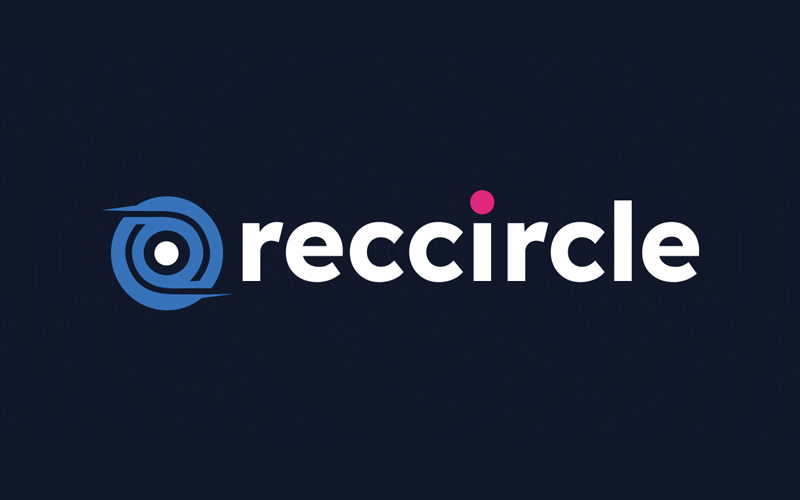
RecCircle claims to have developed an innovative approach to helping recruiters explore new career opportunities that prioritises privacy, performance and trust. It allows recruiters to create anonymised profiles, showcasing their achievements and experience without revealing their identity until they decide to do so. Meanwhile, advanced search filters and secure communication channels enable recruiters to connect with potential employers more efficiently.
A more intelligent approach to skills
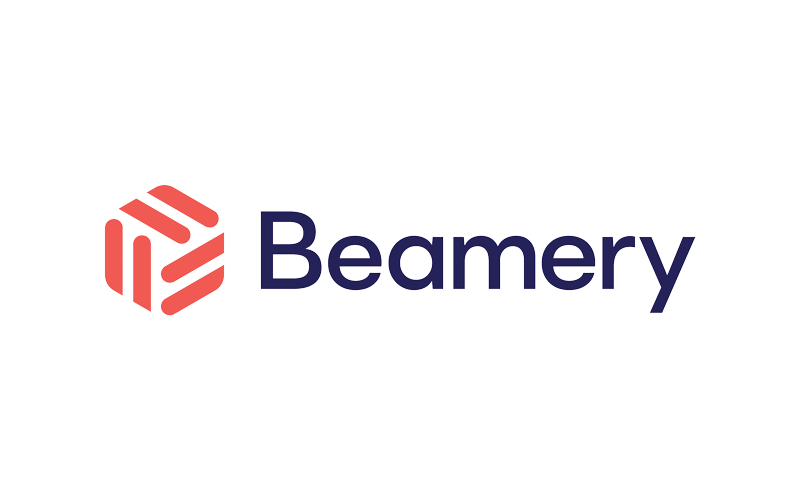
AI talent platform Beamery is using an intelligent skills engine that helps employers create a customised, dynamic skills blueprint, consolidating role requirements, identifying key skills for roles and offering actionable insight to improve hiring, upskilling and internal mobility strategies. It claims to have reduced skills-mapping time by 89% for one client (from four-six months to 17 days) as well as set up actionable skills frameworks for another client in less than a day.
Customer-inspired enhancements
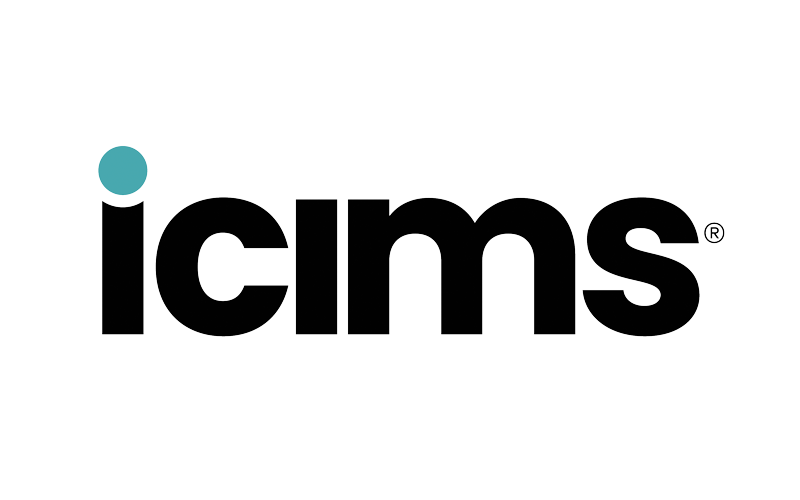
Talent acquisition technology firm iCIMS is introducing a generative AI-powered chatbot that can engage in personalised interactions with visitors to career sites. iCIMS said such a digital assistant was a “top requested enhancement” by customers. The chatbot claims to provide quick and accurate answers to a variety of questions. Future releases will include additional integrations with Dalia, Hire Intelligence, JobTarget, Nexxt and Veritone Hire.
Talent agent and next-gen video interviewing
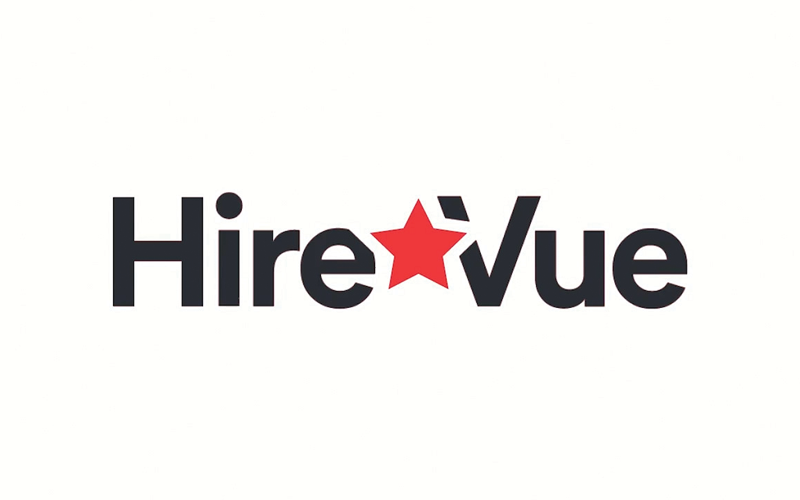
HireVue has unveiled a suite of new products including a Talent Match and Apply agent as well as what it claims is the next generation of video-interviewing at its Horizon user conference in the US. It also showcased a new user experience that aims to drive efficiency for users throughout the talent journey. The company reports that its Match and Apply agent has been built by unifying the latest large language model technology with 20 years of its knowledge and experience.
Image credit | iStock
